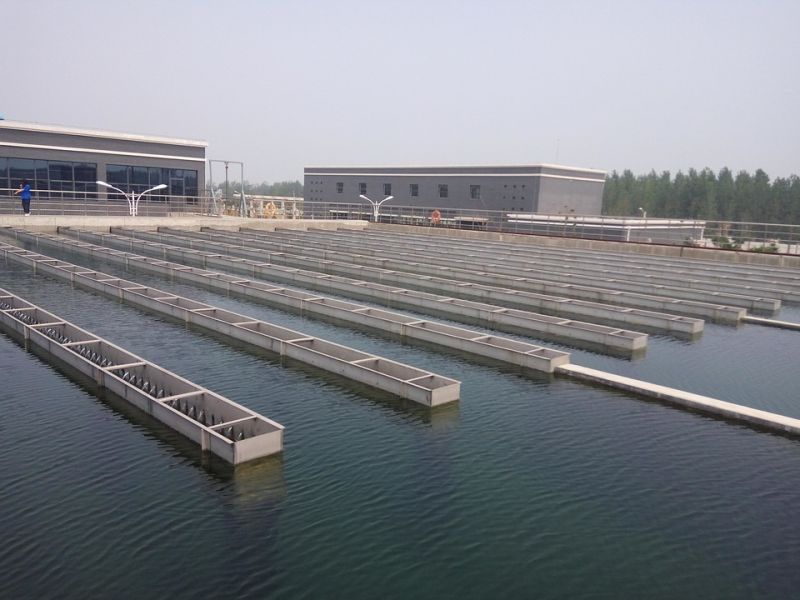Improved Water Treatment Systems Needed to Remove Contaminants in Water
Published on by Water Network Research, Official research team of The Water Network in Academic
The methods commonly used for water purification are not necessarily effective enough to combat chemical contaminants transported into household waters. Chlorination and UV disinfection work well on pathogenic microbes but are not as effective in removing chemical substances.
These are among the findings of a research project funded by the Academy of Finland studying the health effects of microbial and emerging chemical pollutants in water, the economic consequences of health effects and the costs of water purification methods.

Representative image, Source: Pixabay, Labeled for Reuse
The researchers working on the project investigated the incidence, persistence and transport of pathogenic microbes and chemicals in the watercourse of the river Kokemäenjoki. The water bodies are under severe pressure from urban waste water, agriculture and industry. The river water is piped through pre-treatment to an artificial groundwater recharge process where the water is then purified for consumer use. The research project’s results were on display at the Water JPI Conference in Helsinki, organised by the Academy of Finland on 6–7 June.
According to the results of the project, the purification process was effective in removing pathogenic microbes, but small amounts of chemical substances were identified in the artificial groundwater.
“The observation raises questions about the health risks caused by chemical contaminants. However, based on a risk assessment, none of the individual chemical contaminants exceeded the tolerable daily intake limit,” explained principal investigator Päivi Meriläinen of Finland’s National Institute for Health and Welfare.
Due to the risks posed by chemical contaminants, it is necessary to continue to study the water treatment methods from the perspectives of health and economic consequences. A costlier investment can prevent the aquatic environment from being polluted by contaminants.
Microbes found in water bodies include intestinal norovirus and Campylobacter, whose observed levels were sufficient to cause intestinal infections if the water were to end up as drinking water as such, without treatment. The chemical contaminants measured in the rivercourse originated from human activities. Such contaminants include pharmaceuticals, sweeteners and substances used in the treatment of textiles.
The study was a collaboration between the National Institute for Health and Welfare, the Finnish Environment Institute and VATT Institute for Economic Research.
Source: Academy of Finland
Media
Taxonomy
- Drinking Water Security
- Treatment
- Ultrafiltration
- Treatment Methods
- Drinking Water Treatment
- UV Disinfection
- Filtration
- Chlorination
- Solar Water Disinfection
- Biological Treatment
- Filtration
- Filtration
- Drinking Water Managment
- Drinking Water
- Chlorine Dioxide Treatment
- water treatment
- Disinfection